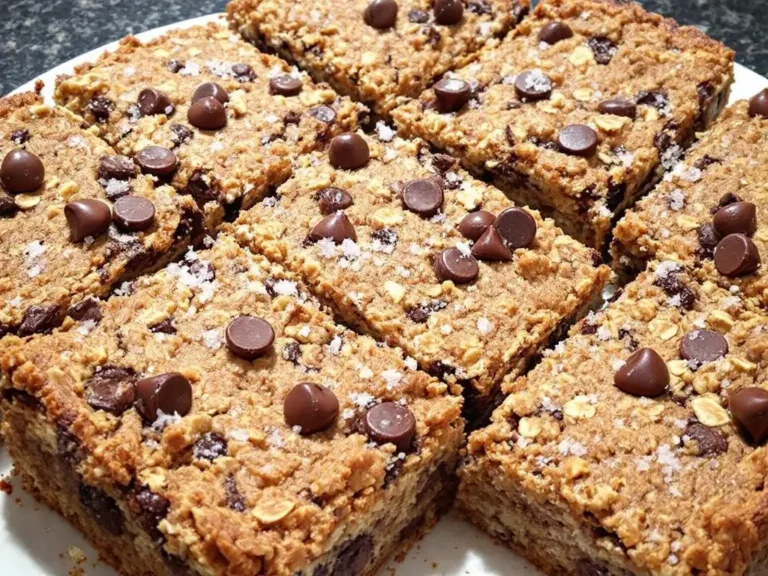Perfect Hummingbird Nectar Recipe
Hummingbirds are among the most fascinating creatures in nature. Their speed, agility, and beauty make them a delight to watch. But to truly attract and support them in your garden, providing the correct hummingbird nectar recipe is essential. Below, we detail how to make hummingbird food, storage tips, feeding practices, and the dangers of common mistakes.
What Is the Best Hummingbird Nectar Recipe?
The best hummingbird nectar recipe consists of just two ingredients: granulated white sugar and water. This simple combination mimics the natural sugar content found in flower nectar that hummingbirds rely on in the wild.
Correct Ratio:
- 1 part sugar
- 4 parts water
Step-by-Step Instructions:
- Measure 1 cup of white sugar.
- Add 4 cups of water.
- Heat the mixture (optional) until sugar is fully dissolved.
- Allow it to cool to room temperature.
- Pour into a clean hummingbird feeder.
Do not add red dye, honey, brown sugar, or artificial sweeteners.
Why the 1:4 Ratio Matters
The 1:4 sugar to water ratio is scientifically backed. It provides the closest equivalent to natural nectar, offering sufficient energy without dehydrating the bird. A stronger solution (like 1:3) may stress the hummingbird’s kidneys, while a weaker solution won’t give enough calories for their high metabolism.
Best Sugar for Hummingbird Food
Use only white granulated cane sugar. It’s the safest and closest to the natural sucrose found in flowers.
Avoid the following:
- Brown sugar – contains molasses, which can ferment quickly and harm hummingbirds.
- Honey – can grow mold and bacteria harmful to birds.
- Powdered sugar – often contains cornstarch, which can be difficult for birds to digest.
- Artificial sweeteners – offer no nutritional value.
Does Hummingbird Nectar Need to Be Boiled?
Boiling is optional, not necessary. Heating can help dissolve sugar more quickly and kill any potential bacteria in your water, especially if you’re using well water. However, clean containers and regular feeder maintenance are more critical than boiling.
How to Store Homemade Nectar
If you make a large batch, store unused nectar in the refrigerator in an airtight glass container.
- Shelf life in fridge: 5 to 7 days
- Always check for cloudiness or mold before using
How Often Should You Change the Nectar?
Keeping the feeder clean is vital to hummingbird health. Spoiled nectar can ferment and make birds sick.
Change nectar:
- Every 2 days in hot weather (85°F / 29°C and above)
- Every 3–5 days in cooler temperatures
- Immediately if it appears cloudy, stringy, or moldy
How to Clean Hummingbird Feeders
Dirty feeders can be fatal. Clean your feeders at least once a week, more often in hot climates.
Cleaning Instructions:
- Empty the feeder.
- Use hot water and a bottle brush to scrub all surfaces.
- Avoid soap or bleach.
- Let it dry thoroughly before refilling.
You may also use a vinegar rinse (1 part vinegar to 2 parts water) for deep cleaning every few weeks.
When to Start Feeding Hummingbirds
Start feeding hummingbirds about two weeks before they typically arrive in your region. This gives early migrators a food source. Use migration maps or local birding groups to track arrival dates.
When to Stop Feeding Hummingbirds
Keep feeders out for at least 2 weeks after the last sighting. Late migrators rely on reliable food sources during their long journey.
Common Mistakes to Avoid
- Adding red dye – dangerous and unnecessary. Most feeders are red enough to attract birds.
- Using unclean feeders – can lead to bacterial infections.
- Incorrect sugar ratio – too strong or too weak harms birds.
- Placing feeders in direct sun – increases spoilage rate.
Best Placement for Hummingbird Feeders
To maximize safety and visibility:
- Hang feeders in shaded or partially shaded areas.
- Keep away from windows to avoid collisions.
- Install multiple feeders spaced apart to reduce territorial aggression.
How to Attract More Hummingbirds
Beyond feeders, make your yard a hummingbird haven by providing:
- Native flowering plants like bee balm, trumpet vine, and columbine.
- Fresh water via misters or shallow fountains.
- Perching areas on bare branches or wires.
- Insect habitat (yes, they eat small bugs too).
How Long Do Hummingbirds Stay at Feeders?
They may return every 10–15 minutes for a quick drink, especially if your feeder is on their regular route. Migration periods increase activity dramatically, so keep nectar fresh and feeders full.
Can You Feed Hummingbirds in Winter?
In warmer climates or during unusual warm spells, some hummingbirds may overwinter.
Tips for winter feeding:
- Use heated feeders or swap feeders regularly to prevent freezing.
- Avoid placing nectar near vents or chimneys to reduce fumes.
- Check feeders frequently for icing.
Quick Reference Table: Hummingbird Nectar Guidelines
| Topic | Best Practice |
|---|---|
| Sugar to Water Ratio | 1:4 (1 cup sugar to 4 cups water) |
| Best Sugar Type | White granulated sugar |
| Additives | None – no dye, honey, or sweeteners |
| Nectar Shelf Life (Fridge) | 5–7 days |
| Change Nectar Frequency | 2–5 days, depending on temperature |
| Clean Feeder Frequency | Weekly or more in hot weather |
| Feeder Placement | Shade, away from windows and predators |
| Feeding Season | Early spring to late fall (region-specific) |
| Winter Feeding | Only in warm climates with precautions |
Final Thoughts
Making hummingbird nectar at home is safe, simple, and effective. Following the right recipe, maintaining cleanliness, and avoiding harmful additives ensure these magical birds stay healthy and return year after year. The effort you put into making and managing feeders helps support hummingbird populations during migration and breeding.







